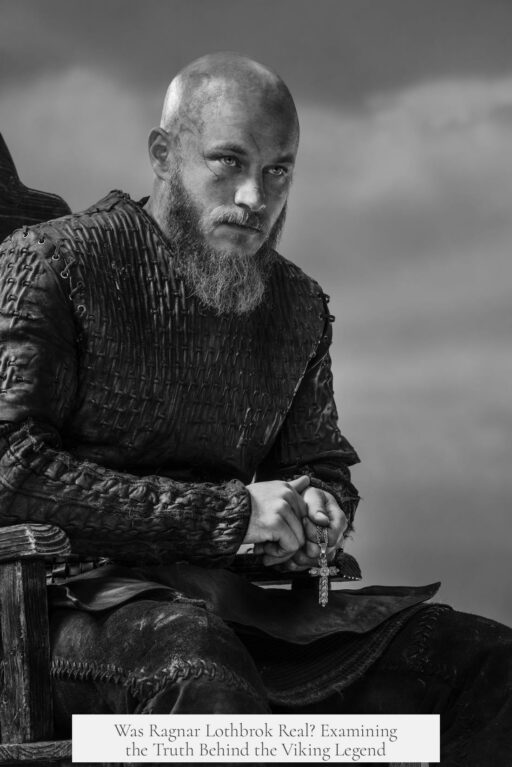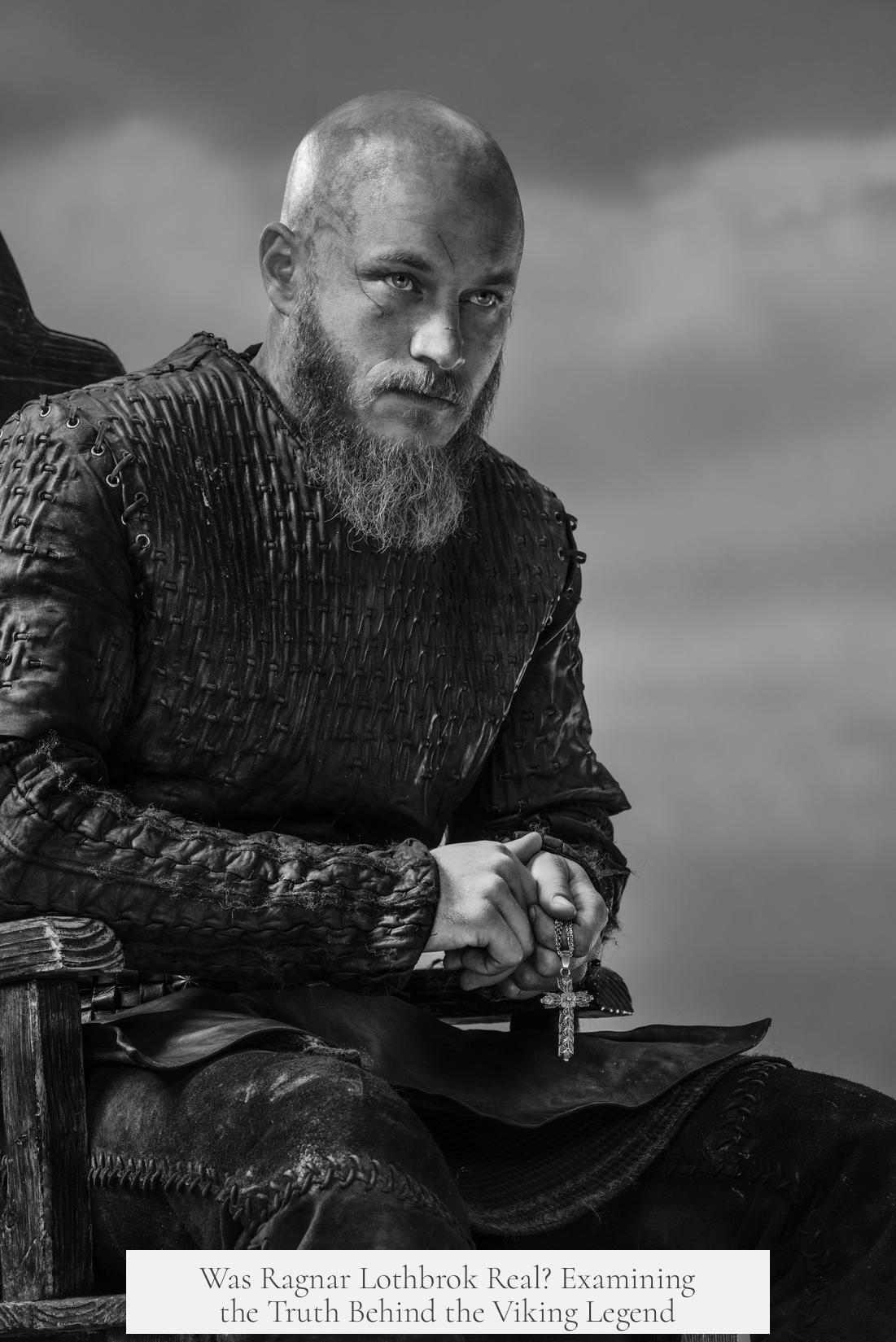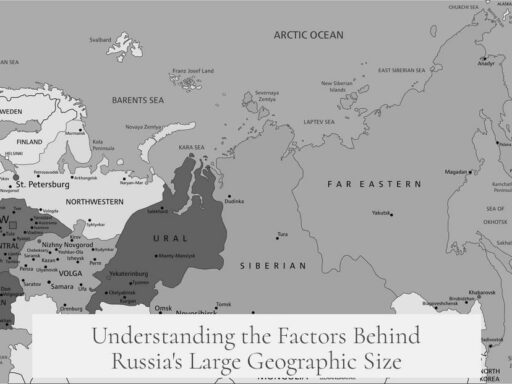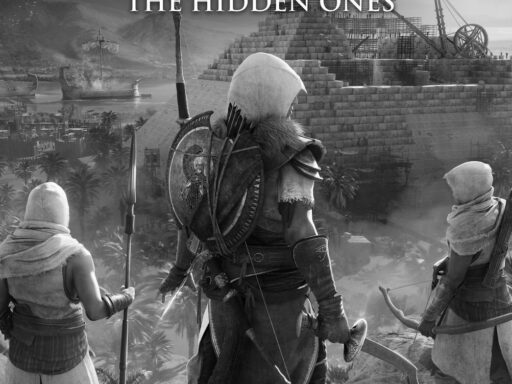Ragnar Lothbrok was not a real historical person in the strictest sense. No contemporary evidence verifies his existence. The tales about him come primarily from medieval sources written centuries after the events they describe. These sources combine history, legend, and literary embellishment, making it impossible to confirm if Ragnar was a single individual, a composite character, or purely fictional.
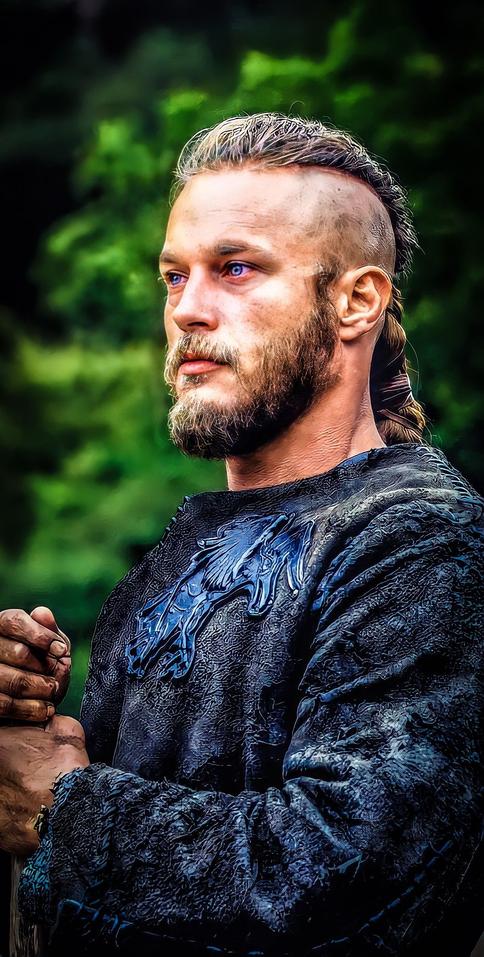
Ragnar Lothbrok, popularized by modern media such as the television series Vikings, appears mainly in Scandinavian poems and chronicles produced around the 12th century. These texts emerged long after the supposed lifetime of Ragnar, during a time when oral traditions often blended fact and fiction. The absence of contemporary records or archaeological evidence challenges any claim of Ragnar’s factual existence.
Key historical sources referencing Ragnar are limited and problematic. One critical text is the Gesta Danorum, written by the Danish historian Saxo Grammaticus in the early 12th century. Though this chronicle places Ragnar within a recognizable historical framework and connects him to important events and figures, its narrative includes exaggerations and mythical elements. The Gesta Danorum remains the most detailed source but cannot be accepted fully at face value.
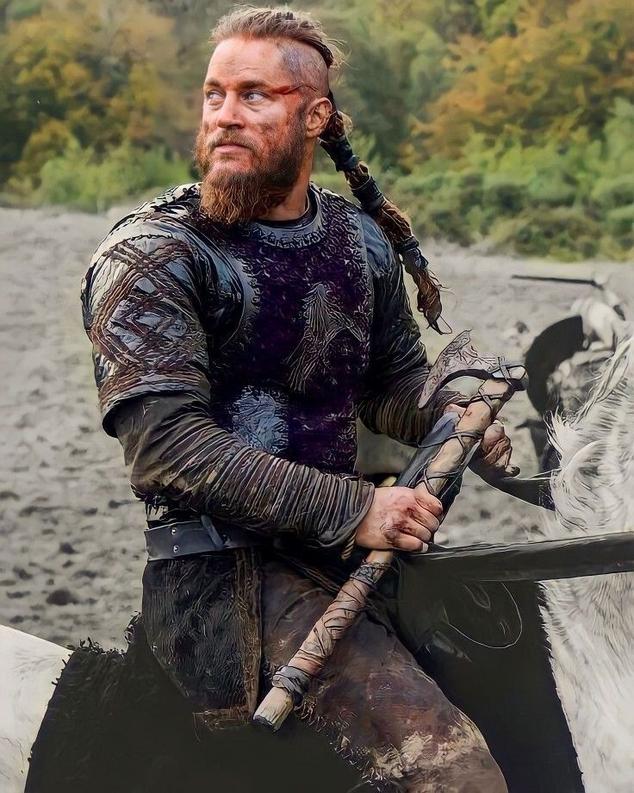
Other medieval narratives, including Icelandic sagas, describe Ragnar’s life and exploits. These sagas follow literary patterns typical of their era, aiming to glorify Viking ancestors and founders of Scandinavian states rather than provide precise historical records. Scholar Ben Waggoner notes that these sagas often prioritize storytelling conventions over accuracy. They incorporate common mythic themes and may merge the exploits of several individuals into one heroic figure.
The Anglo-Saxon Chronicle provides additional but conflicting information. It records some raids and battles resembling episodes associated with Ragnar’s legend, though it rarely names the Viking leaders explicitly. The Chronicle frequently mentions a figure named Halfdan (or Haelfdan), sometimes called Halfdan Ragnarsson, whom scholars believe might relate to the saga’s Ragnar. Yet, this connection remains speculative and not definitive.
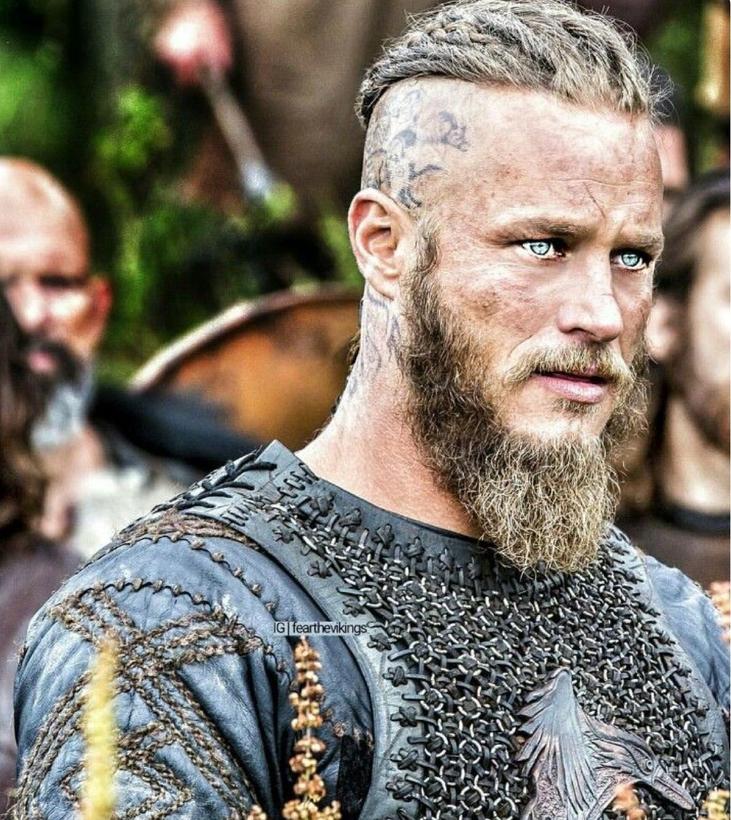
Some historians argue Ragnar Lothbrok may represent a composite of multiple Viking leaders active during the 9th century. The deeds ascribed to him resemble those of several known chiefs, such as Rognvaldr or Ragnall ua Ímair, a Viking king influential in the British Isles during that era. This blending of several rulers’ exploits into a single legendary persona was common in medieval literature and oral traditions. Consequently, the figure of Ragnar may symbolize the archetype of the Viking warrior-leader rather than a unique historical person.
An intriguing piece of evidence is the skaldic poem Ragnarsdrápa, attributed to a poet who lived contemporaneously with the legendary Ragnar figure. However, the poem survives only in fragments and later quotations in the Prose Edda, compiled well after Ragnar’s supposed lifetime. Moreover, it is unclear whether the poem refers to the same Ragnar of legend or another individual bearing the same name. This ambiguity limits its value as historical proof.
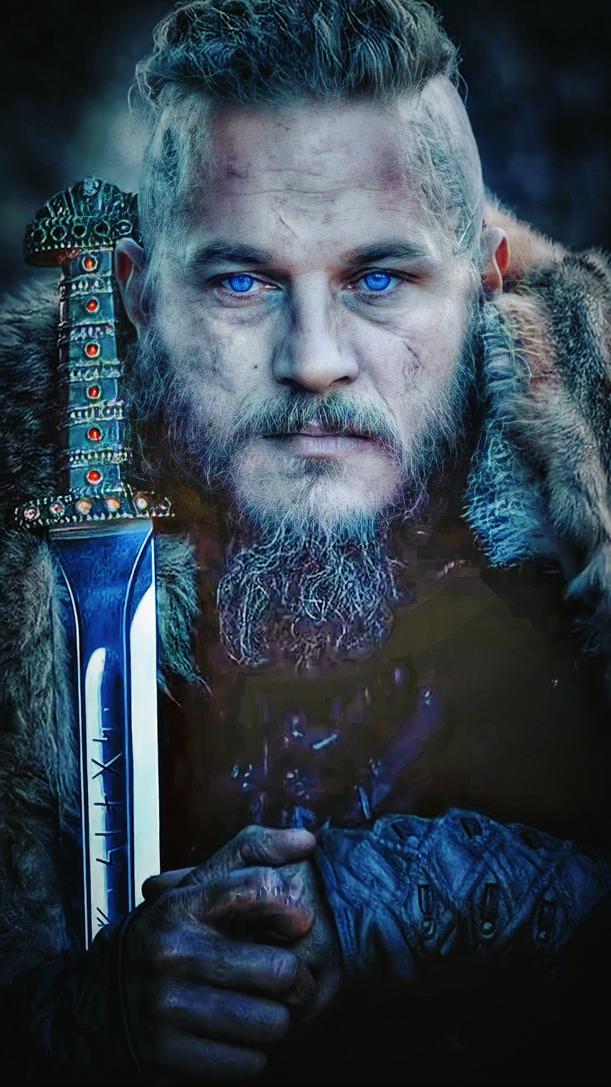
Despite the difficulties in establishing Ragnar Lothbrok’s historical existence, the persistence of his story highlights its cultural significance. His character exemplifies the adventurous spirit of the Viking Age and illustrates how medieval societies constructed heroic narratives. The mingling of fact and fiction in his legend reveals much about how history was preserved and transformed across generations.
| Aspect | Details |
|---|---|
| Contemporary Evidence | None; no records or artifacts date to Ragnar’s supposed lifetime |
| Main Sources | Gesta Danorum, 12th-century Icelandic sagas, Anglo-Saxon Chronicle |
| Historical Basis | Likely a composite of several Viking leaders, possibly including Halfdan Ragnarsson and Ragnall ua Ímair |
| Literary Nature | Romanticized, mythic, and legendary elements dominate portrayals |
| Poetic Evidence | Ragnarsdrápa poem is partly attributed to a contemporary poet, but its connection to the legendary Ragnar is uncertain |
- No direct historical proof confirms Ragnar Lothbrok’s existence.
- His story blends several historical Viking figures into one legendary hero.
- Primary sources are medieval and often unreliable or mythologized.
- Ragnar’s narrative serves cultural and literary purposes more than historical documentation.
- The character symbolizes Viking-era leadership and exploits rather than a concrete individual.
Was Ragnar Lothbrok a Real Person? The Truth Behind the Viking Legend

Was Ragnar Lothbrok a real person? In short, no, Ragnar Lothbrok, the famed Viking king from the TV show Vikings, likely did not exist as a single, historical individual. What we call “Ragnar” is probably a blend of multiple Viking figures mixed with myths and later storytelling flair. Now, before you storm the castle or the local pub demanding proof, let’s dive into the fascinating mix of history and legend that shapes this question.
The first thing to know is that there’s no contemporary evidence directly confirming Ragnar’s existence. The Scandinavian peoples of the early medieval period didn’t keep detailed written records like annals or diaries. The earliest mentions of Ragnar come from 12th-century sources—long after Viking times had passed—like ancient chronicles and poetic sagas, which were more about entertainment and national pride than strict history.
The Problem with the Sources: Myth Meets History
One of the key sources about Ragnar is the Gesta Danorum, a chronicle written by a Danish church figure in the 1100s. It certainly paints Ragnar in a grand light, mixing him with kings, battles, and famous Viking exploits. But here’s the catch: the stories about Ragnar’s achievements and family are suspiciously inflated and aren’t matched by prior records. It’s like reading a medieval superhero comic rather than an accurate history book.
Then, there are Icelandic sagas—epic poems and stories crafted hundreds of years after the fact. These sagas follow specific literary traditions, glamorizing the Vikings as heroic founders of Scandinavian kingdoms. The saga writers were less interested in factual precision and more focused on keeping their audience entertained. Ben Waggoner, a scholar of Viking literature, points out that these works often reuse older stories without caring about detailed historical truth. So, they help us understand Viking culture, but we can’t trust them to confirm or deny Ragnar’s real existence.
A Frankenstein’s Monster of Viking History?
So might Ragnar be real—sort of? Scholars think the figure we know might be a “Frankenstein” mix of real Viking leaders rolled into one legendary hero. For example, the Anglo-Saxon Chronicle, a collection of early medieval English records, doesn’t mention Ragnar by name. But it does talk about a Danish king named Halfdan—and another powerful Viking leader known as Røgnvaldr, also called Ragnall in different sources—who could have inspired parts of the Ragnar stories.
These leaders lived roughly when Ragnar is supposed to have lived, and their documented deeds sometimes overlap with the tales told about Ragnar Lothbrok. However, since these accounts don’t confirm all his supposed adventures, it’s likely the sagas borrowed and combined these real figures to craft Ragnar’s legend. Ragnar becomes a mirror reflecting qualities admired in many Viking kings: daring, fighting skill, and far-ranging voyages.
The Skaldic Poem Ragnarsdrápa: A Contemporary Clue?
One intriguing piece of evidence is the Ragnarsdrápa, a poetic tribute by a skald, or Viking-era poet. The poem mentions a Ragnar—but scholars debate if it’s the same Ragnar tied to the famous tales. Parts of this poem survive only through later compilations like the Prose Edda, itself written centuries later. This uncertainty adds to the puzzle.
The poem’s existence suggests at least a figure named Ragnar inspired some admiration or renown during Viking times. Still, this Ragnar might not be the swashbuckling hero seen on TV. Instead, he could have been a local chieftain or minor king whose story swelled in the retelling.
Why Does the Legend Matter, Even If It’s Not Real?
So, is the story of Ragnar worth telling? Absolutely. Whether Ragnar was a real man or a mythical mashup, his legend shaped how Scandinavians and the wider world imagined Viking history. These tales inspired values like bravery, resilience, and exploration.
Does this mean you should stop enjoying TV shows or books based on Ragnar? Not at all! Understanding that Ragnar’s story mixes fact with fiction makes the adventures even more fascinating. It’s like having a great campfire tale that connects us to the Viking spirit—even if the exact details are fuzzy around the edges.
Final Thoughts: A Legend Built for the Ages
Here’s what to take away: Ragnar Lothbrok probably never walked the earth as a single person. We owe his story to medieval poets, chroniclers, and storytellers who blended multiple Viking heroes—and their deeds—into one epic saga. The absence of direct historical records means Ragnar lives in the realm of legend, not documented history.
The persistence of his tale for nearly a thousand years is a testament to its power. It reminds us that history is often shaped as much by stories as by facts. And sometimes, the best way to connect with the past is to embrace the myth and learn what it reveals about the people who told it.
So, fellow Viking enthusiasts, next time you watch Ragnar Lothbrok triumph over foes or charm queens, remember you’re witnessing a saga born more from imagination than archives—but a saga that still conquers hearts worldwide.
Got questions or want to dive deeper into the Viking myths? Let’s talk!
